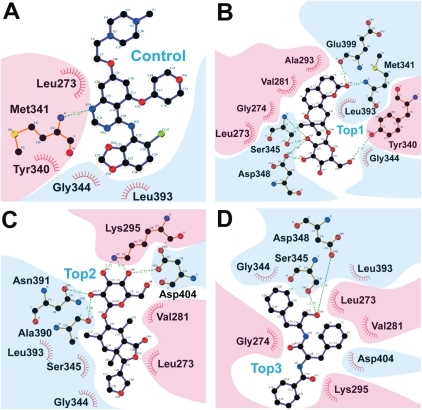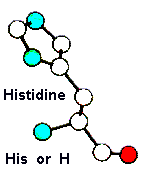

Regardless, the simplicity of the formation of supramolecular hydrogels, consisting of mixing the gelator and water followed by the application of a stimulus to trigger the gelation process, has made these materials of primary interest for a broad range of applications. However, some examples reveal that some hydrogels are too strong to be broken without degradation of the starting gelator. Physical hydrogels, also called supramolecular hydrogels, draw scientific community’s attention due to their ability to be, in theory, dynamically assembled and disassembled several times, thanks to the formation and break of non-covalent interactions. For the first one, covalent bonds are created to form a network from the starting building block (also termed “gelator”), while for the latter, dynamic cross-links based on non-covalent interactions (mainly hydrogen bonds, π-π interactions, and Van der Waals interactions) control the supramolecular self-assembly of molecules of gelator. ĭepending on the nature of the interactions inside the matter, hydrogels can be discriminated between both chemical gels and physical gels. The commercially available hydrogels are made of several kinds of starting materials, including natural polymers ( e.g., xanthan or Arabic gums, agar-agar), synthetic polymers ( e.g., polyurethane (PU), polyethylene glycol (PEG), polyacrylic acid (PAA)), or natural proteins ( e.g., collagen, sink fibroin, elastin). Hydrogels are of particular interest and find plenty of applications from medical treatments ( e.g., wound healing, dental care, cartilage repair, tissue engineering) to cosmetics, agriculture, and water treatments.

Thus, gels are defined by their ability to fix a large amount of solvent, either organic (organogels) or aqueous (hydrogels). Interestingly, the gel state can be described both as a solid state, because of the ability of gels to self-support their own weight (which is a solid state characteristic), and as a liquid, on account of the gel composition made of a large majority of a liquid (generally >98% w/w) and only a small amount of solid (<2% w/v). These latter ones constitute the major thread of this chapter.

Soft matter includes a wide variety of materials, including colloidal suspensions, surfactants, liquid crystals, polymers, or gels. He has definitely contributed to popularize this terminology. Pierre-Gilles de Gennes in 1991, who merely entitled his Nobel lecture “Soft Matter”. Interestingly, it is in perfect accordance with the Nobel Prize in Physics received by Pr. Soft matter and hydrogels as powerful materialsĪt the tenuous frontier between the solid and the liquid states, soft matter is focusing research interest which has exponentially increased since the beginning of the 1990s (7, 2015, and 2016). In this context, this chapter proposes to review peptide and amino acid modifications reported to impact the resulting hydrogel.ġ.1. Thus, chemical modifications virtually offer infinite opportunities both to improve applications window and to fine-tune properties of the resulting hydrogels. While important, the possibilities of peptide design can exponentially grow using modified and non-natural amino acids instead of the “only” twenty natural ones. They are mainly considered in the biomedical domain as injectable hydrogels, or as an extracellular culture matrix to support cell culture. Due to their exceptional qualities in term of biocompatibility, biodegradability, and atom economy, these peptide-based hydrogels open new horizons in term of applications. However, a new kind of hydrogel has appeared: the peptide-based hydrogels, developed from short amino acids sequences (<20 amino acids). The large majority of hydrogels are made of natural or synthetic polymers, or natural proteins. These so-called soft-matter materials are defined by their ability to fix a large amount of solvent, either organic (organogels) or aqueous (hydrogels). Among all the materials used in industry, gels play an increasingly important role.


 0 kommentar(er)
0 kommentar(er)
